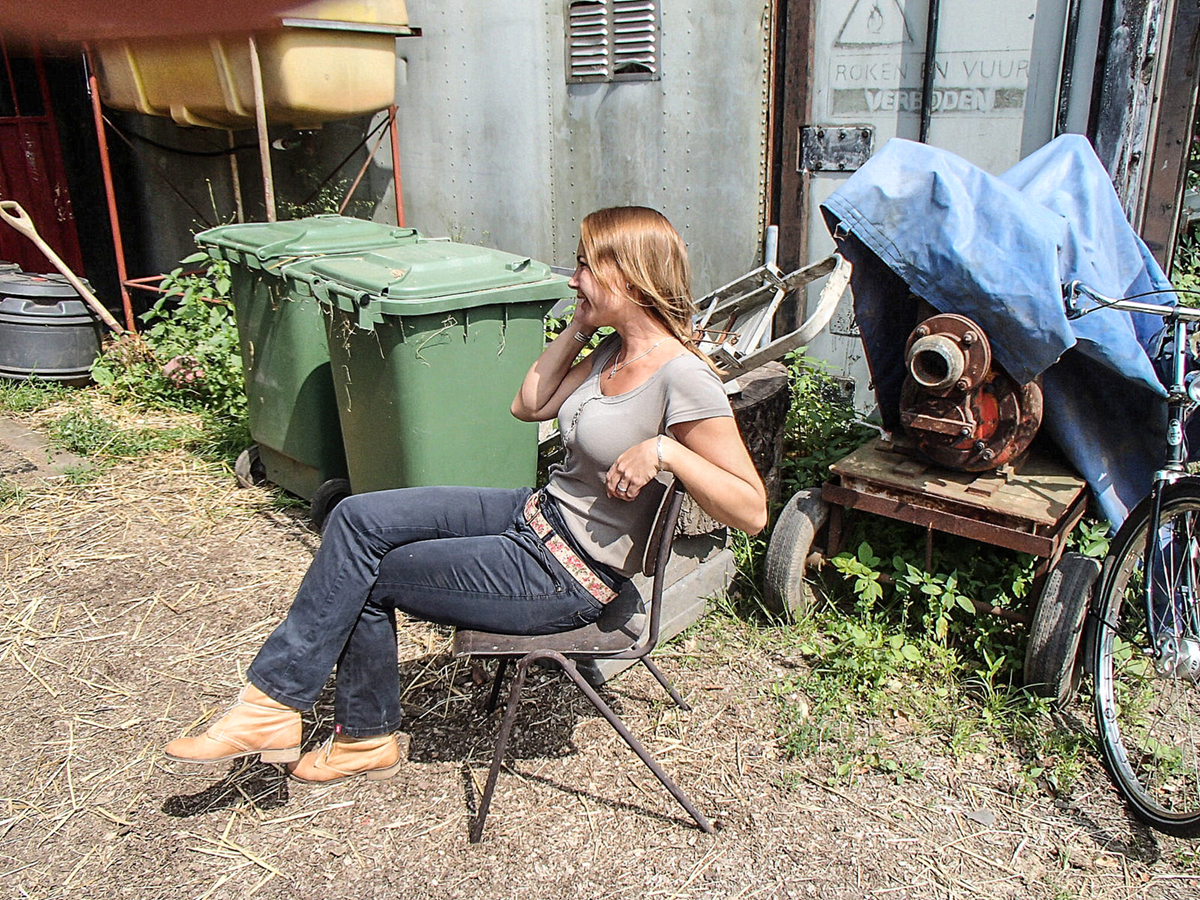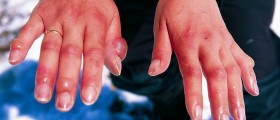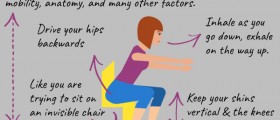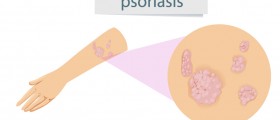
The tailbone, also called coccyx, is a portion of the spine, located at the bottom of the spinal column, consisting of three to five vertebrae. Tailbone is located just above the buttocks and it can become bruised due to an injury or a trauma, for example after falling down the stairs or on ice. Tailbone can also be damaged during vaginal childbirth.
Bruising
As the name suggests, bruising is the primary symptom of the condition called bruised tailbone. A bruise or contusion is a form of minor hematoma and it occurs when the tissue beneath the skin is damaged and the skin remains intact, uncut or unbroken. The main sign of a tailbone bruise is discoloration, which is observed at the bottom of the spine. The skin firth turns dark red or purple, and as the bruise heals, the colors change to blue, green and yellow, and the discoloration eventually disappears.
Pain
Bruised tailbone always involves some extent of pain. Depending on the injury, the pain can range from mild to moderate to severe. The pain can extend to the whole area of lower back and buttocks, and it can be persistent, making it difficult to sit or stand normally. There may also be some difficulty walking, which can interfere with everyday activities.
Swelling
Tissue injury due to bruised tailbone can cause swelling of the area, which is usually mild or moderate. The skin becomes puffy, enlarged and tender. The swelling, along with pain and tenderness, often leads to movement difficulties. As the injury heals, the swelling gradually subsides, until the tissue and the skin completely turn back to normal.
Constipation
One of the conditions that are sometimes associated with a bruised tailbone is constipation or inability to have regular and normal bowel movements. According to the experts at the University Of Illinois Medical Center, this happens because the inflammation due to injury to the tailbone extends to the intestinal tract.
Treatment
Depending on the severity, a bruised tailbone may take from several days to several weeks to heal. Complete bed rest is usually necessary for the tailbone to get better, as it assures that there is no pressure falling to it, which could potentially aggravate the condition.
Applying ice packs is also recommended, as well as taking warm baths for 20 minutes every day, using a special cushion called donut cushion, for sitting and sleeping on hard mattresses.
Drinking plenty of water and eating foods rich in fiber will reduce the risk of constipation associated with a bruised tailbone.
Because the injury can be quite serious, for example involving a fractured bone, it is best to see a doctor who will examine the extent of the injury and recommend further steps in the treatment.











-Symptoms,-Diagnosis,-Treatment_f_280x120.jpg)





Your thoughts on this
Loading...